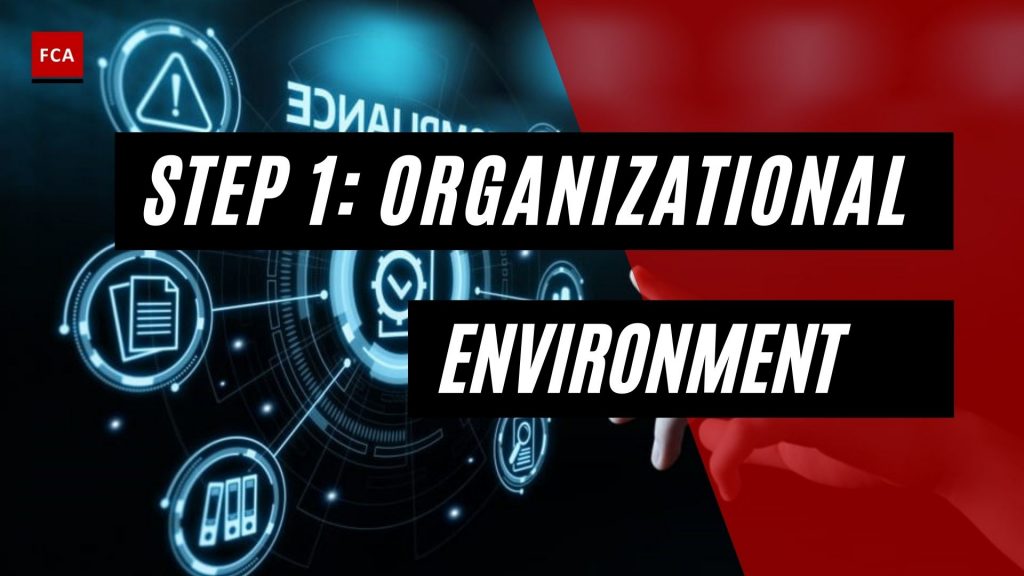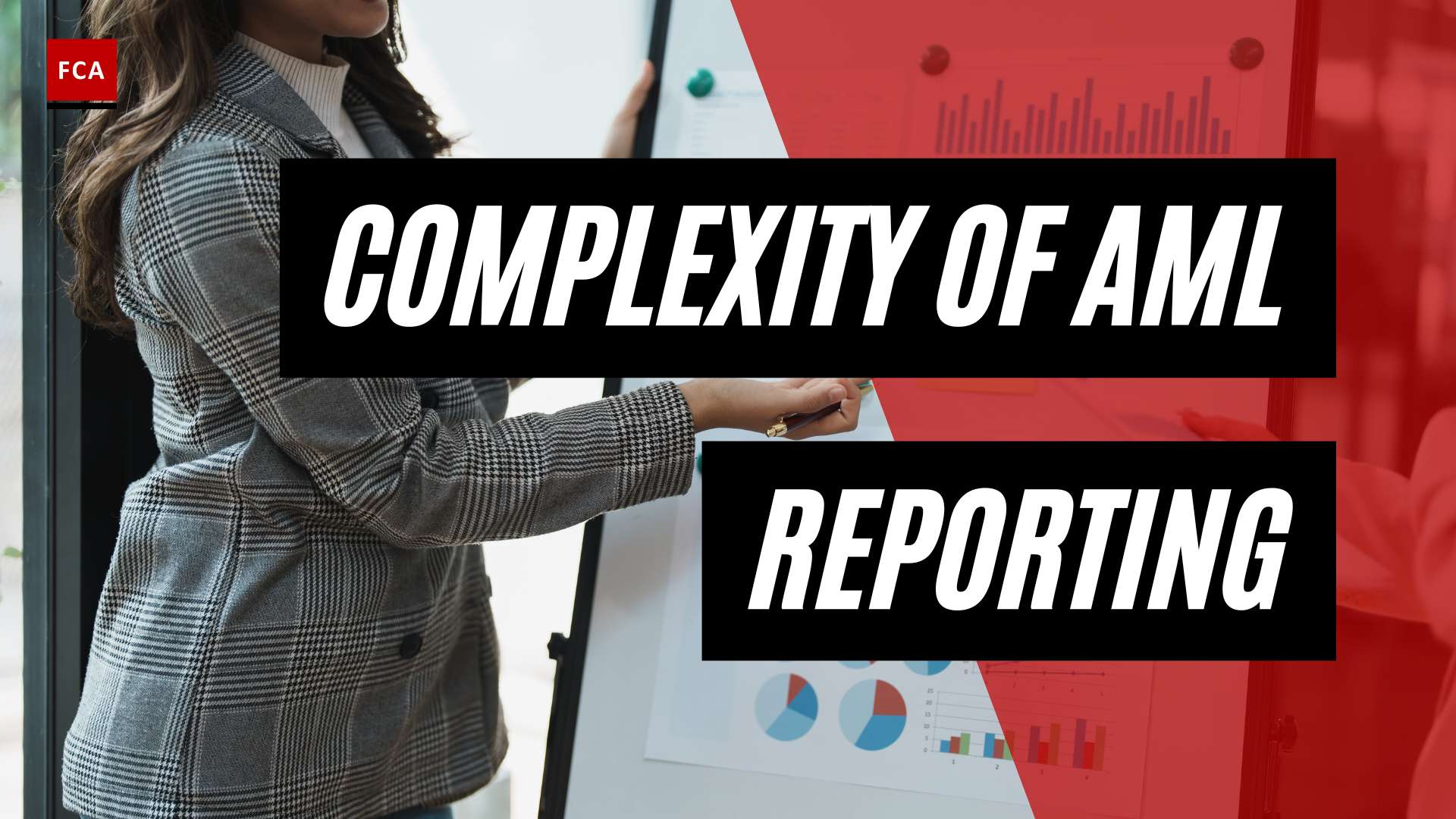The first step in building an effective AML/CTF compliance program is creating the right organizational environment.
This organizational environment requires three important elements: organizational culture, strategic priorities, and management support. Let’s go through them individually.

Step 1: Organizational Environment
Corporate Culture
Firstly, we should always be aware that people are at the center of it all. Nearly all cases of money laundering scandals and misconduct have one thing in common: it is usually individuals or a group of individuals who failed in their function or at least did not act as resolutely as they should have. In most cases, the likely motivation is the institute’s sales culture on which targets and ultimately monetary compensation are based.
No one denies that an organization must make money to remain in the market. What is more difficult is whether or not to deal with existing or potential clients with a high-risk profile. The conflict of interests between economic and regulatory aspects is obvious: let’s call this the organization’s risk appetite.
What has this to do with corporate culture, you might ask? The short answer is that behavior determines culture, and behavior can be adjusted to align with its risk appetite.
To build a sound AML compliance culture and incorporate it into the daily business, the organization’s leadership must clearly and transparently communicate corporate culture and expected behavior. This is also commonly referred to as the tone at the top. The leadership needs to deal with money laundering regularly, and significant cases of non-compliance in terms of money laundering violations should be brought to its attention.
Corporate Strategy
The second element is to bring AML to paper as part of the organization’s business or risk strategy because everything holds up on paper. The strategy needs to clearly articulate the strategic risk appetite of the organization as well as the corporate culture and behavior that is expected towards achieving this risk appetite. It is also important to remember that this document must be available at a place accessible for all people who are part of the organization.
Management Support
The third element to create the right organizational environment is management support. This is important because the organization’s managers need to implement the tone from the top in daily business and ensure that the tone is adhered to. Messages from the management should be unambiguous and pitched at a level understood by all – not corporate jargon that baffles and bemuses the worker bees. Most of all, management needs to practice what they preach. In terms of visibility, this means attending training with the troops and be seen to be engaged.
Final Thoughts
An anti-money laundering (AML) compliance program assists businesses, including traditional financial institutions and those entities identified in government regulations, such as money-service businesses and insurance companies, in detecting suspicious activity associated with criminal acts such as money laundering and terrorist financing.
The Bank Secrecy Act necessitates the establishment of AML compliance programs in the United States (BSA). The Act established AML compliance program requirements, including the adoption of policies and procedures by financial institutions to detect suspicious activity and notify the government through the submission of Suspicious Activity Reports (SARs). The USA PATRIOT Act broadened the definition of an entity obligated to report suspicious activity.
SARs are used by the government to investigate other types of criminal activity, such as fraud, bribery and corruption, tax evasion, and organized crime, in addition to money laundering and terrorism financing.








